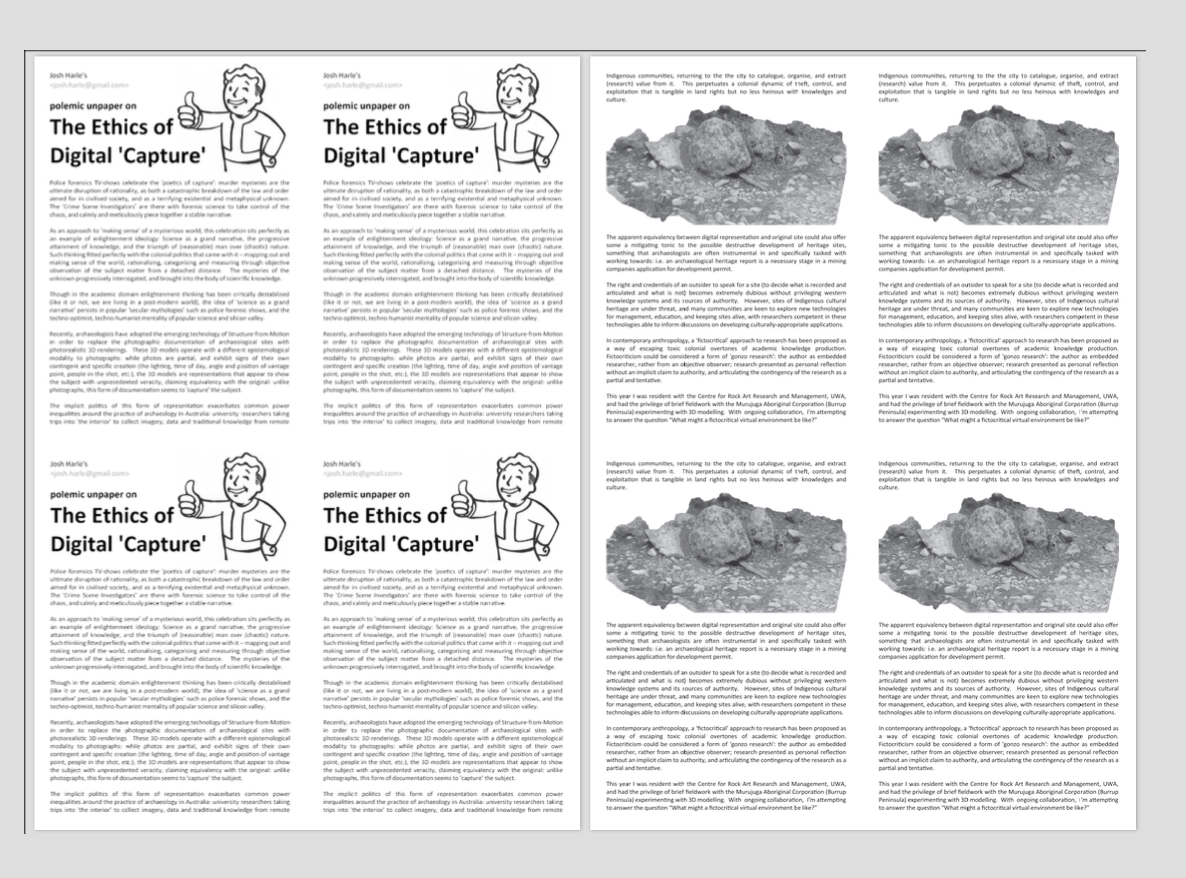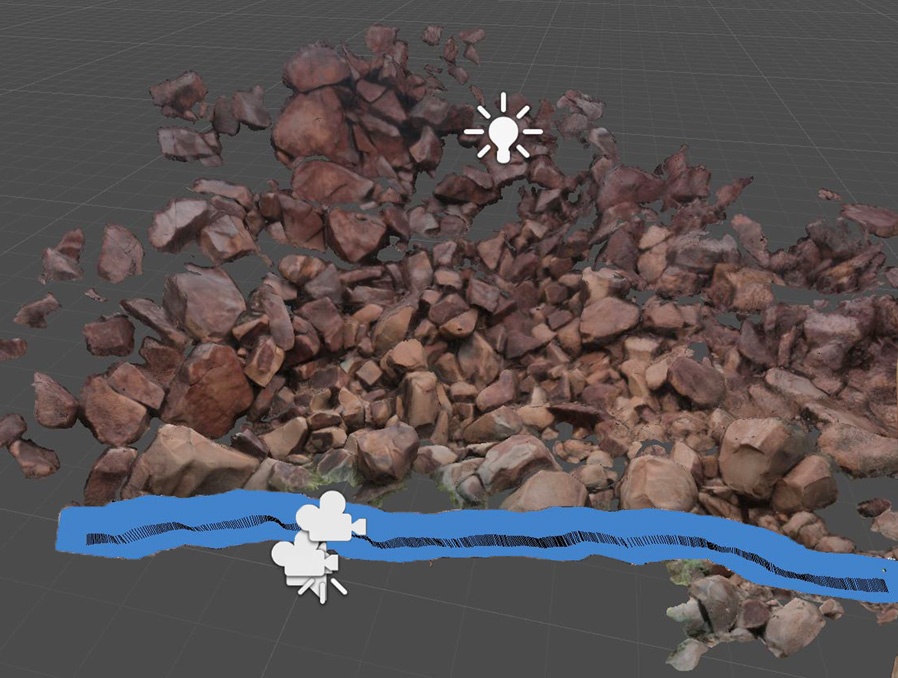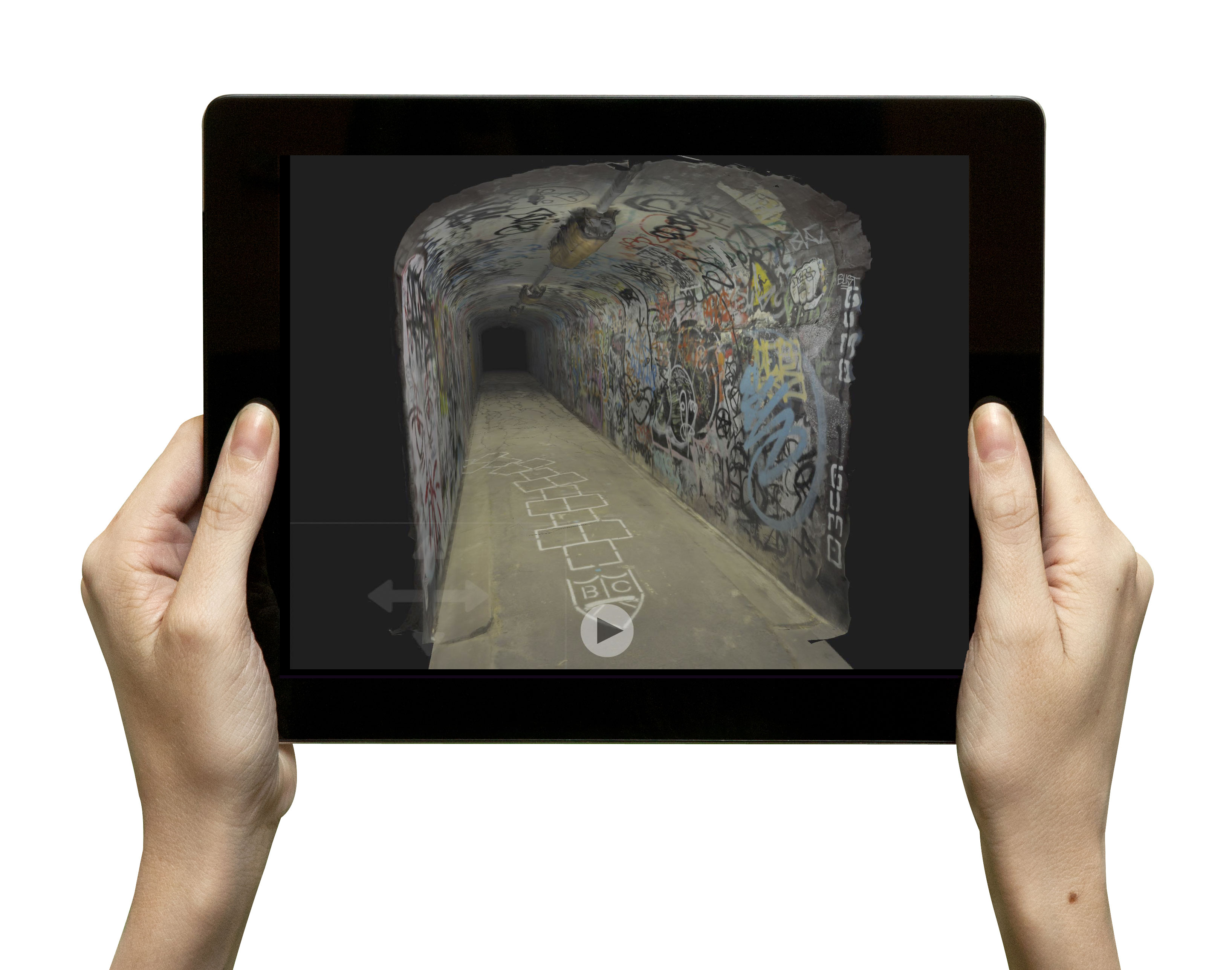Paper (PDF) I wrote the text for this paper in response to my experiences on residency in Western Australia talking to various stakeholders in cultural heritage: uni archaeologists (UWA), a mining-company archaeologist (Rio Tinto), consultant archaeologists, and Indigenous rangers. It explores the complicated politics…




